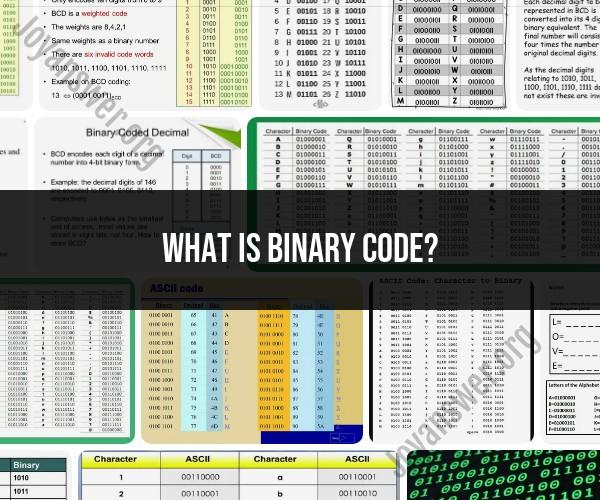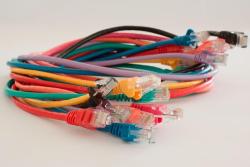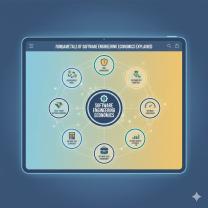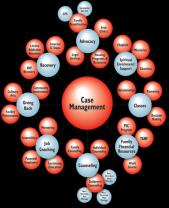What is binary code?
Binary code is a system of representing information using only two symbols: typically 0 and 1. It is the foundation of all digital computing and information storage, and it plays a fundamental role in the world of computers and electronics.
Here's a basic explanation of binary code and its significance:
Binary Digits (Bits): In binary code, the smallest unit of data is called a "bit," which is short for "binary digit." A bit can have one of two possible values: 0 or 1. These values correspond to the absence (0) or presence (1) of an electrical charge or signal in electronic circuits.
Binary Numbers: Binary code uses combinations of bits to represent numbers, characters, and other types of data. Just as in the decimal system (base-10), where digits range from 0 to 9, in binary, digits are limited to 0 and 1. Each digit in a binary number represents a power of 2, with the rightmost digit representing 2^0 (1), the next digit representing 2^1 (2), the next 2^2 (4), and so on.
Data Representation: Binary code is used to represent virtually all types of data in computers, including numbers, text, images, audio, and video. For example, when you type a letter on a computer keyboard, the corresponding character is converted into a binary code that the computer can understand and process.
Machine Language: Inside a computer's central processing unit (CPU), instructions and data are processed in binary form. These binary instructions, known as machine code or machine language, direct the CPU to perform various operations, such as arithmetic calculations, data storage, and retrieval.
Data Storage: Binary code is also used for data storage in digital devices. In computer memory, data is stored as sequences of 0s and 1s. Magnetic storage devices like hard drives and solid-state drives use binary code to represent data as magnetic or electrical patterns on storage media.
Communication: In digital communication systems, data is transmitted as binary code through various means, including wires, optical fibers, and wireless channels. This binary encoding allows for the accurate transmission of information over long distances.
Information Compression: Binary code is used in data compression techniques to reduce the size of files, making them more efficient to store and transmit. Compression algorithms convert data into shorter binary representations without losing essential information.
Binary code is the fundamental language of computers because digital electronic circuits can easily represent and manipulate binary data. It is the basis for all computer programming languages and the way computers process and store information. Understanding binary code is essential for anyone working in the fields of computer science, programming, and digital technology.













